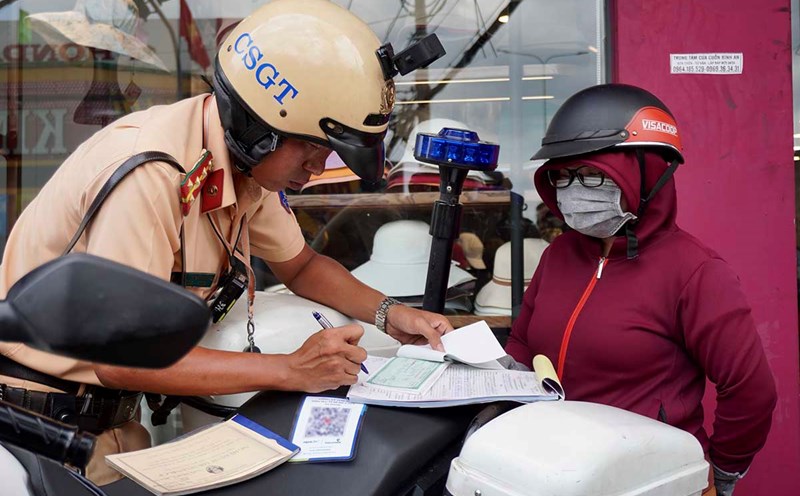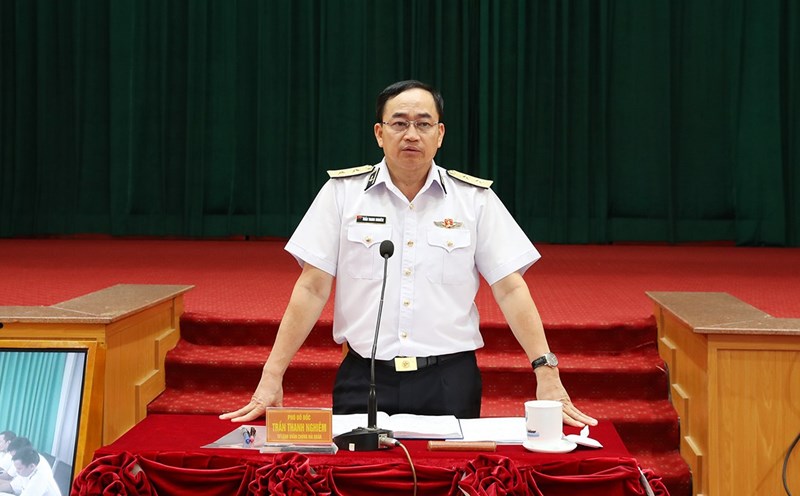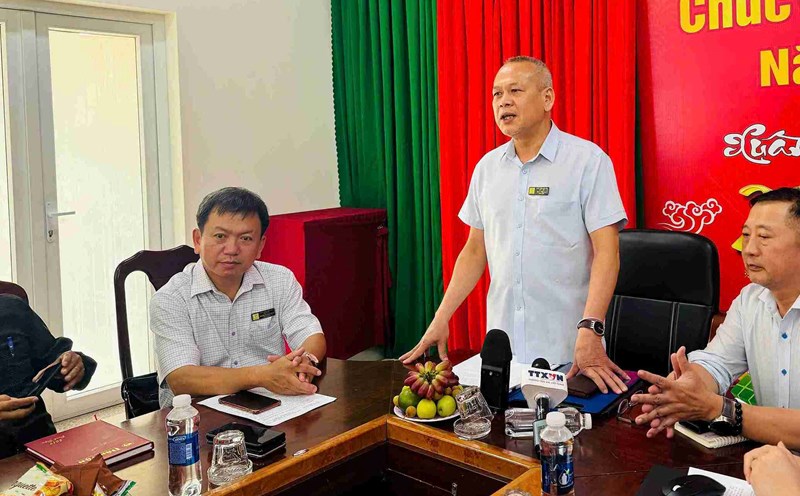On the afternoon of September 18, the People's Committee of Can Tho City had a working session with the working delegation of the Japan International Cooperation Agency (JICA) to listen to a report on the Mekong Delta Traffic Network Development Project (MD) to adapt to climate change in Can Tho City (Project 1) and the Can Tho - Hau Giang connecting upgrade and expansion project (National Highway 61C).
The Prime Minister has approved the project proposal for the two projects in June 2025 with the investment goal of completing the national highway and inter-provincial road network through Can Tho City in accordance with the Road Network Planning, Mekong Delta Regional Planning and Can Tho City Planning.
Along with that is meeting the increasing demand for transportation; expanding development space, creating conditions for the formation of new urban areas, adapting to and minimizing climate change...
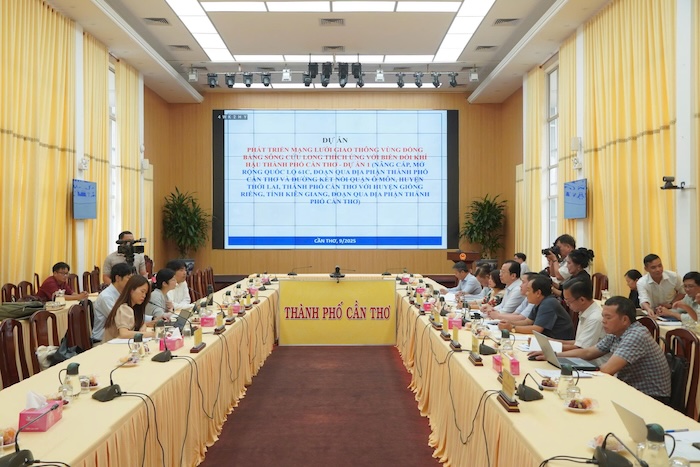
According to the report of the Can Tho Traffic and Agricultural Construction Investment Project Management Board, the Can Tho - Hau Giang connecting route (National Highway 61C) is over 37km long, reaching the scale of a level III plain road, 4 lanes (currently 2 lanes), 23-25m wide.
This project passes through 4 districts and cities of Can Tho city and the old Hau Giang province (now 9 communes and wards of Can Tho city). The total estimated investment is more than VND 5,179 billion, of which the Japanese Government borrowed more than VND 3,556 billion, the rest was counterpart capital.
It is expected that in October 2025, the results of contractor selection and signing of consulting contracts will be approved, and a pre-feasibility study report will be conducted. It is expected that by the end of this year, the People's Council will approve the investment policy resolution. Construction will start in 2027 and be completed in 2030.
For Project 1, there are 2 components. Component 1 is the upgrading and expansion of National Highway 61C through Can Tho City (old), over 10km long, a level III plain road, 23m wide. The starting point intersects with National Highway 1 in Cai Rang ward; the end point is at Trau Hoi bridge (old Can Tho - Hau Giang border).
Component 2 is the road connecting O Mon district, Thoi Lai district, Can Tho city (old) with Giong Rieng district, Kien Giang province (old). The starting point is in O Mon ward (Can Tho); the end point is adjacent to Giong Rieng commune, An Giang province (Giong Rieng district, old Kien Giang province). Total length of more than 25km, level III plain road, 4 lanes, 20.5m wide...
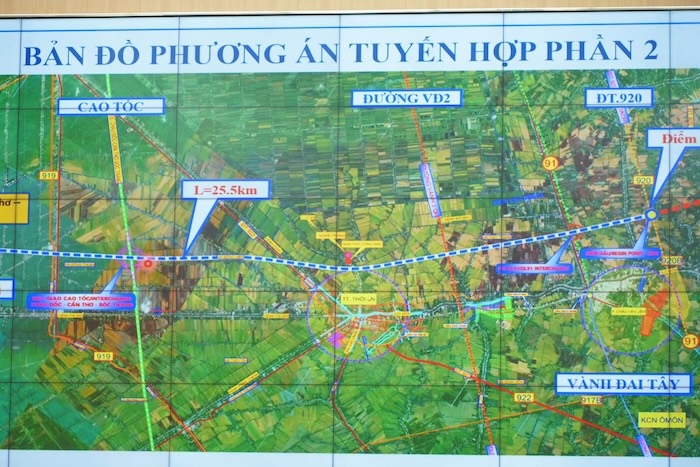
The total investment of Project 1 is expected to be more than VND 8,780 billion, of which JICA's ODA loan is more than VND 5,733 billion, counterpart capital is more than VND 3,046 billion. It is expected that in September 2025, a consulting contractor will be selected to survey and prepare a pre-feasibility study report, and submitted for approval at the end of 2025, with construction starting in 2027, and completion in 2030.
The Project Management Board also proposed to allocate capital to prepare for investment in the medium term for the period 2021-2025 and in 2025, the local budget for the project.
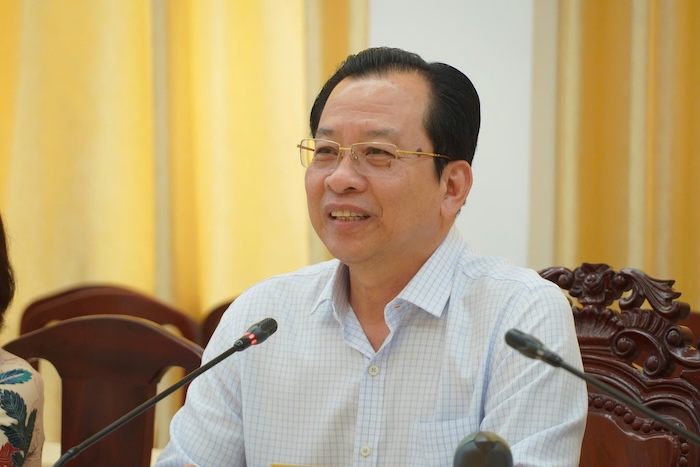
Vice Chairman of Can Tho City People's Committee Vuong Quoc Nam informed that the two projects above contribute to creating momentum to promote rapid and sustainable socio-economic development, as a premise for the shift in economic structure towards adapting to climate change, promoting Can Tho City to become the center and driving force for socio-economic development for the Mekong Delta region.
Therefore, the leader of the People's Committee of Can Tho City suggested that JICA continue to accompany and support the city in development investment, coordinate with the investor right at the time of preparing the pre-feasibility study report, feasibility study report... to comply with the requirements of the sponsor and the provisions of Vietnamese law.




